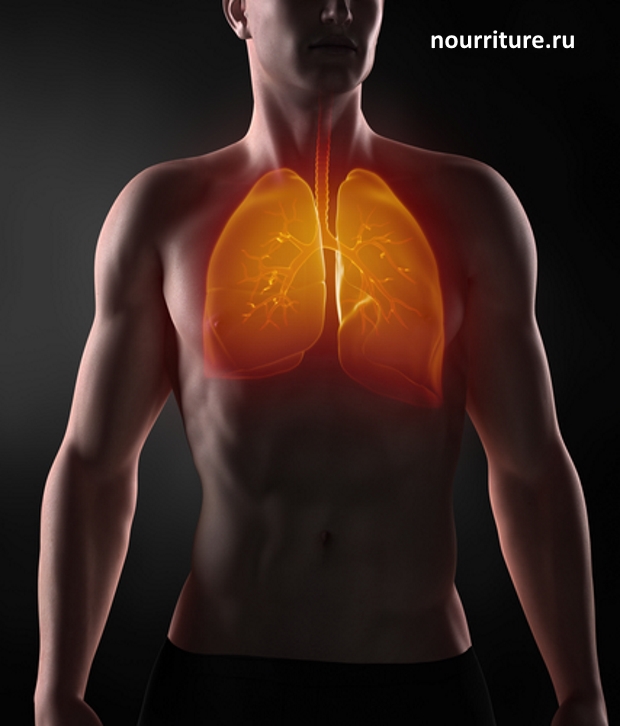List of Diseases
Pneumosclerosis

– development of connective tissue in the lungs as an outcome of non-specific (pneumonia, bronchitis) or specific (tuberculosis, syphilis) inflammatory process, as well as pneumoconiosis, long-term stagnation in the small circle of blood circulation (mitral stenosis, other heart diseases), immunoallergic vasculitis.

The formation of connective tissue occurs by cellular means, less often without the participation of cells (hyalinosis). Typical localization in the areas of carnification of unresolved pneumonia, along the outflow of lymph from the foci of inflammation, around the lymphatic vessels, in the interalveolar and interlobular partitions, in the peribronchial and perivascular tissue, desolation of capillaries and reduction of the capillary bed.

Symptoms and course depend on the main disease, with exacerbations of which pneumosclerosis progresses. Gradually, the respiratory surface of the lung decreases, emphysema develops, the lung tissue is reconstructed with the formation of bronchiectases, there is a difficulty in blood circulation in the small circle with the formation of pulmonary hypertension. The combination of these changes is called Palmiers.
The clinical picture of pulmonary fibrosis (pneumoconiosis) is determined, thus, signs of complications: emphysema, destruction, etc.
Treatment and prevention are determined by the disease that caused pneumosclerosis.
The clinical picture of pulmonary fibrosis (pneumoconiosis) is determined, thus, signs of complications: emphysema, destruction, etc.
Treatment and prevention are determined by the disease that caused pneumosclerosis.
